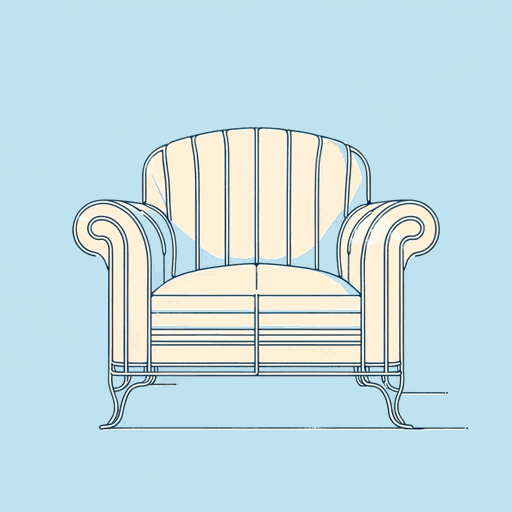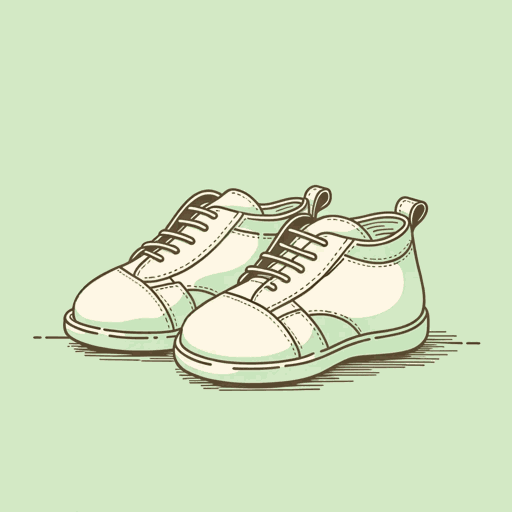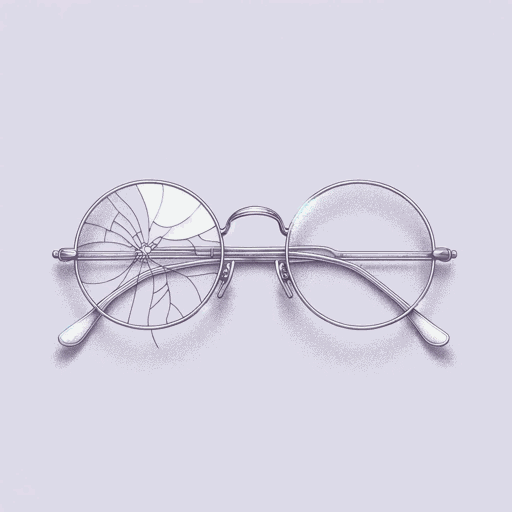45 pages • 1 hour read
Sigmund FreudThe Uncanny
Nonfiction | Essay / Speech | Adult | Published in 1919A modern alternative to SparkNotes and CliffsNotes, SuperSummary offers high-quality Study Guides with detailed chapter summaries and analysis of major themes, characters, and more.
Summary
“Screen Memories”
“The Creative Writer and Daydreaming”
“Family Romances”
Part 1, “Leonardo da Vinci and a Memory of His Childhood”
Part 2, “Leonardo da Vinci and a Memory of His Childhood”
Part 3, “Leonardo da Vinci and a Memory of His Childhood”
Part 4, “Leonardo da Vinci and a Memory of His Childhood”
Part 5, “Leonardo da Vinci and a Memory of His Childhood”
Part 6, “Leonardo da Vinci and a Memory of His Childhood”
Part 1, “The Uncanny”
Part 2, “The Uncanny”
Part 3, “The Uncanny”
Key Figures
Themes
Important Quotes
Essay Topics
Part 3, “Leonardo da Vinci and a Memory of His Childhood”Chapter Summaries & Analyses
Summary: Part 3, “Leonardo da Vinci and a Memory of His Childhood”
Freud opens the next section of his essay on da Vinci by acknowledging that the simultaneous masculine and feminine signification of the vulture is perplexing. The Egyptian goddess, Mut, however, was often represented with both breasts and penis. Hermaphroditism was also common in Greek mythology, and Freud argues this is “supplied by infantile sexual theories” (69). Freud outlines the nature of the castration complex in relation to the child’s early understanding of genitalia. Freud claims that a misunderstanding causes the male child to desire the woman’s penis, which he imagines through reference to his own member. Freud claims that this fantasy had a profound impact on the development of da Vinci’s homosexuality.
Embarking on an analysis of male homosexuality, Freud argues that in “sharp contradiction with” (74) the common beliefs of homosexuals themselves, male homosexuals “had an intense erotic attachment to a woman” in their earliest childhood (73). Mothers of homosexual men tend to be of strong character, and “the presence of a strong father ensures that when the son comes to choose a sexual object, he will […] opt for a member of the opposite sex” (73). Since the child’s love for his mother “cannot go on developing consciously,” he represses it by aligning himself with her (73).
Related Titles
By Sigmund Freud

Civilization And Its Discontents
Sigmund Freud

Moses and Monotheism
Sigmund Freud

On Dreams
Sigmund Freud

The Freud Reader
Sigmund Freud

The Future of an Illusion
Sigmund Freud

The Interpretation of Dreams
Sigmund Freud

Three Essays on the Theory of Sexuality
Sigmund Freud

